 Thefts at beaches and pools increase during the busy vacation season when tourists and locals flock to the water. Most beachgoers leave their wallets, cell phones, cameras or other valuables while they go for a swim or walk along the shore hoping that they’ll be there when they return. Most think they don’t have an alternative but to leave their property unattended or guarded. Some are clever enough to “hide” their valuables under a towel, but in a blink of an eye, their property can be picked up and gone. The quick and low-cost solution is to pack and use a waterproof waist pack or waterproof neck pouch you wear while swimming to protect and keep your gear near.
Thefts at beaches and pools increase during the busy vacation season when tourists and locals flock to the water. Most beachgoers leave their wallets, cell phones, cameras or other valuables while they go for a swim or walk along the shore hoping that they’ll be there when they return. Most think they don’t have an alternative but to leave their property unattended or guarded. Some are clever enough to “hide” their valuables under a towel, but in a blink of an eye, their property can be picked up and gone. The quick and low-cost solution is to pack and use a waterproof waist pack or waterproof neck pouch you wear while swimming to protect and keep your gear near.
If you have a lounge chair then a packable and portable beach safe or locking beach tote like the anti-theft Coolbag Tote you can tether to the lounge chair are great solutions because you can use them in other 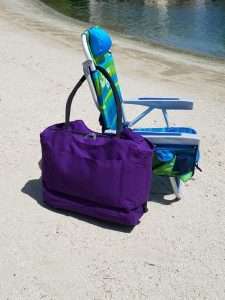 locations such as your hotel room to secure valuables too.
locations such as your hotel room to secure valuables too.
Thefts at beaches – also called beach blanket thefts, happen all around the world. The more crowded the beach, the higher the rate of theft. The problem tends to be more pronounced outside of the US at beaches which attract many people. One example is in Rio de Janeiro, where in years past it was not unusual to see gangs of young people suddenly sweep over the beach, snatching up phones, bags, and valuables and then scattering in all directions with their loot making it difficult for authorities to capture them.
Video of Beach Thefts in Rio de Janeiro
The no-cost solution for protecting your gear water-side is to head to the beach with at least another person so someone can always keep watch of valuables while the other is in the water, but this is not always the most fun or practical way to enjoy the water.
Water-Proof Body Pouches
Do you think the best way to protect your valuables while swimming, snorkeling, or jogging along the shoreline is to have them on you? The newest styles of waterproof gear are extremely reliable and rated for water-fastness. No soggy passports or ruined phones! And with so many styles to choose from you’re bound to find one just the right style of waterproof pouch to make your next water adventure worry-free.




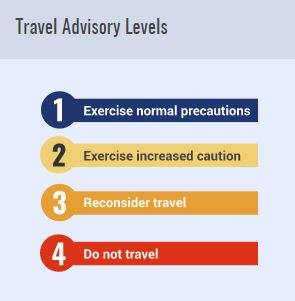
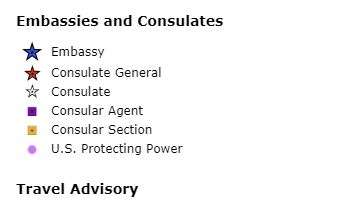



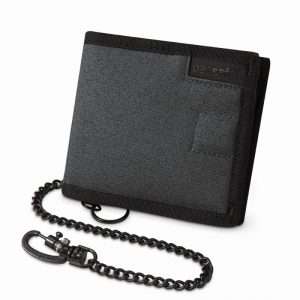

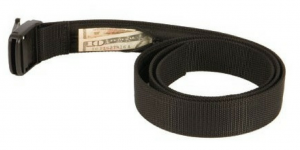
 ns
ns
